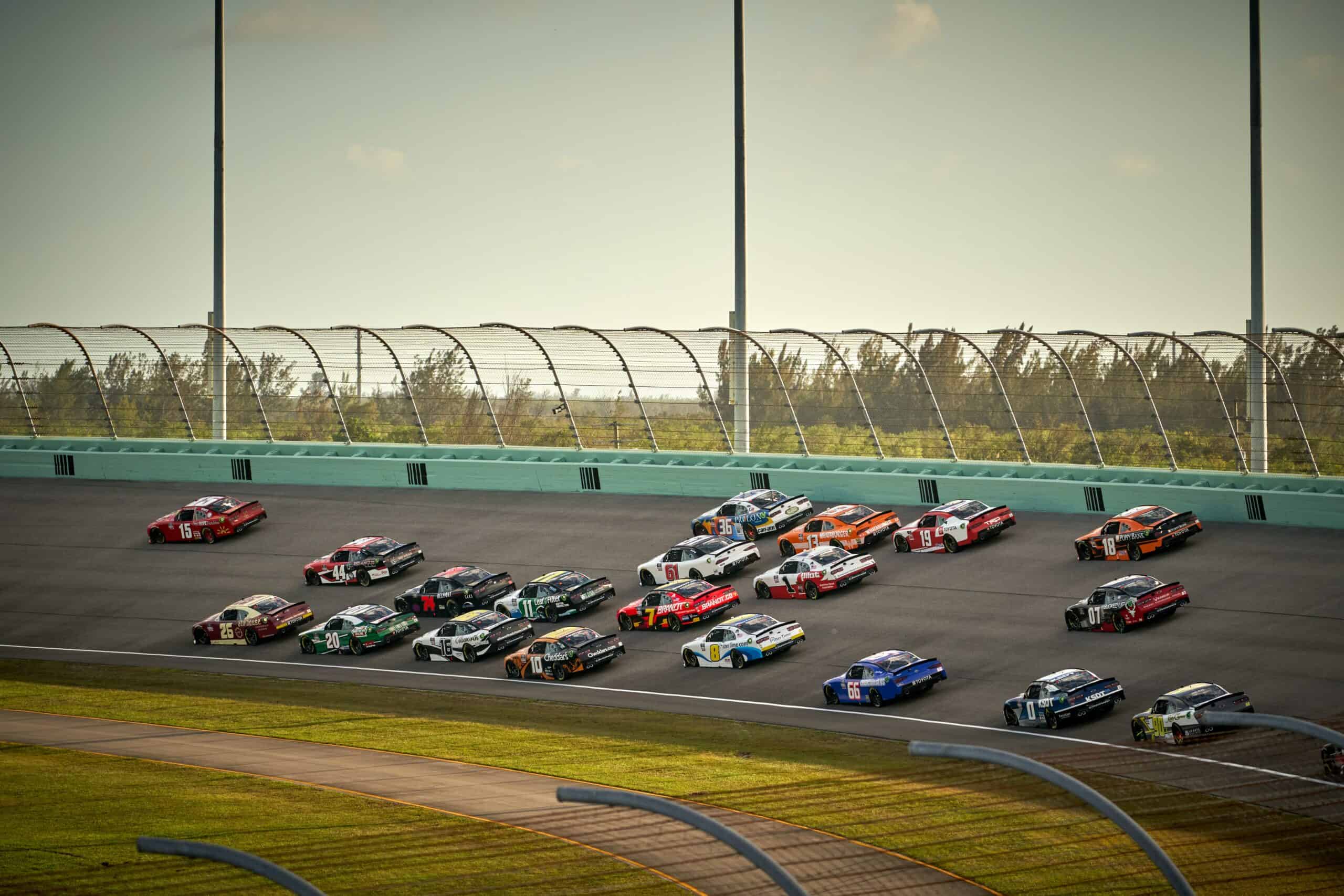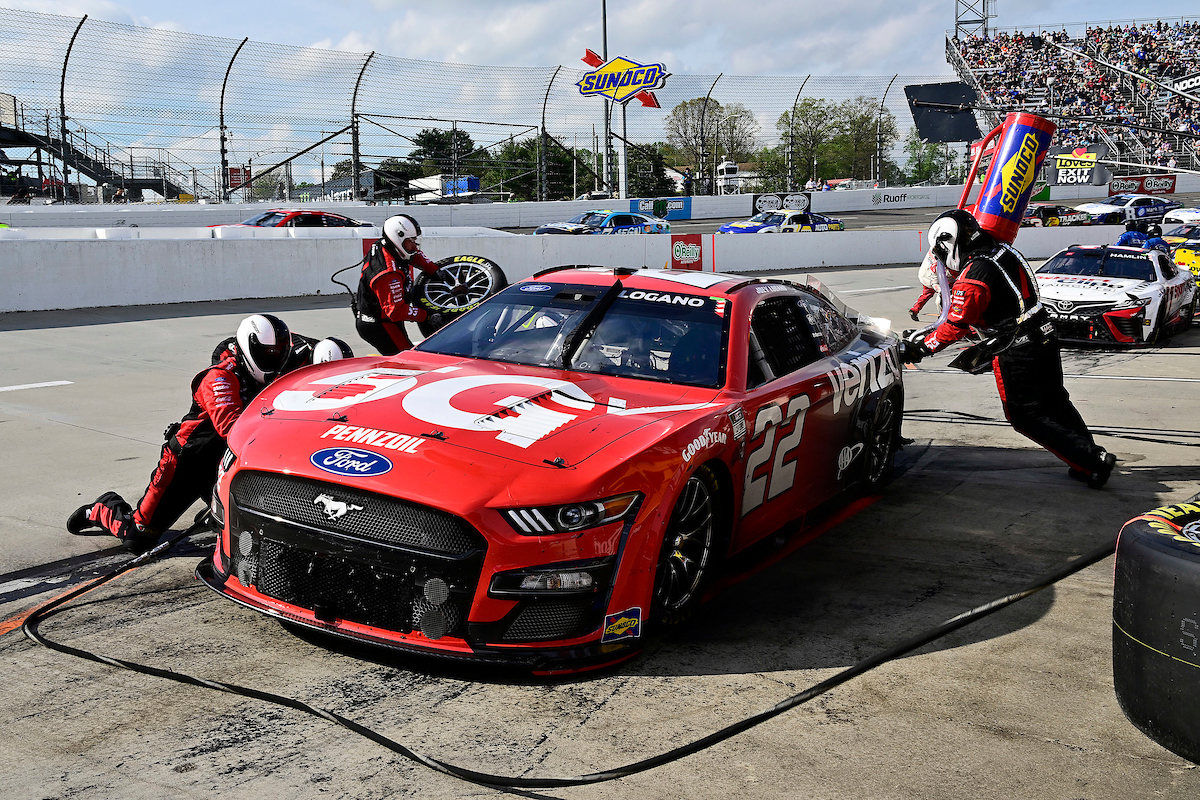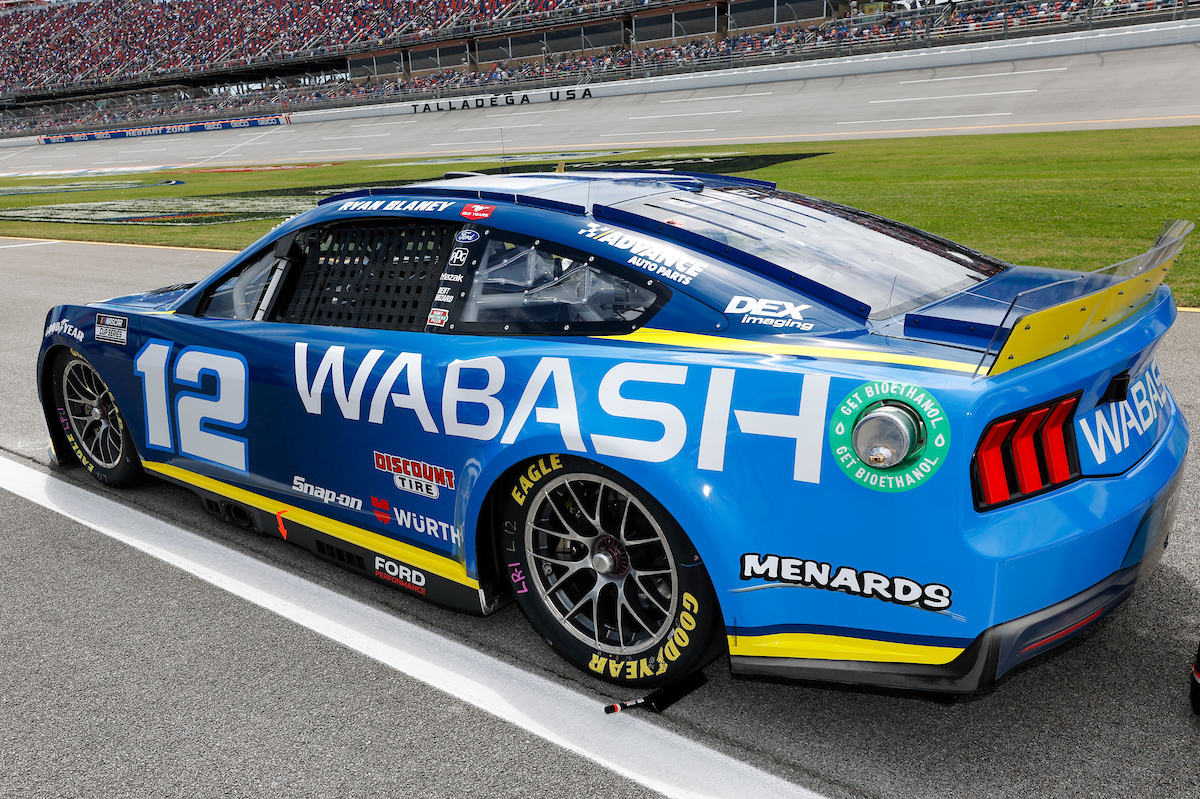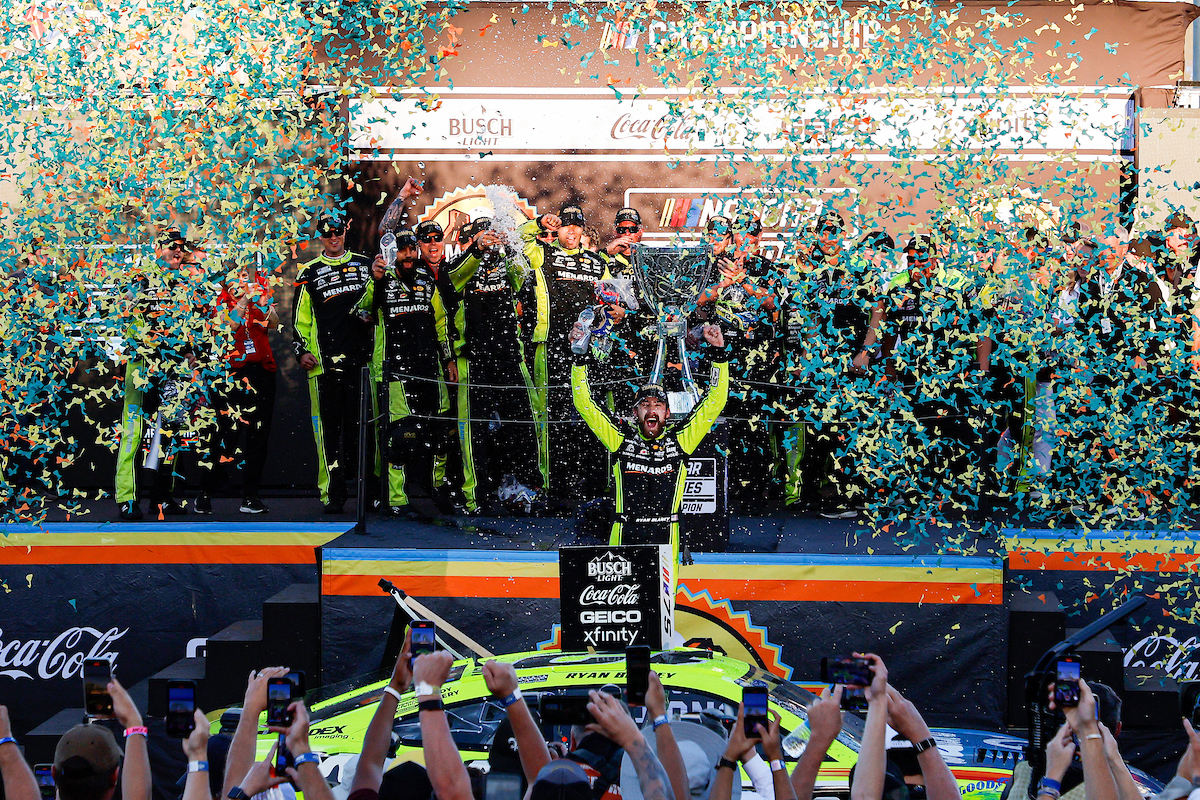What is the penalty for a wheel coming off in NASCAR?
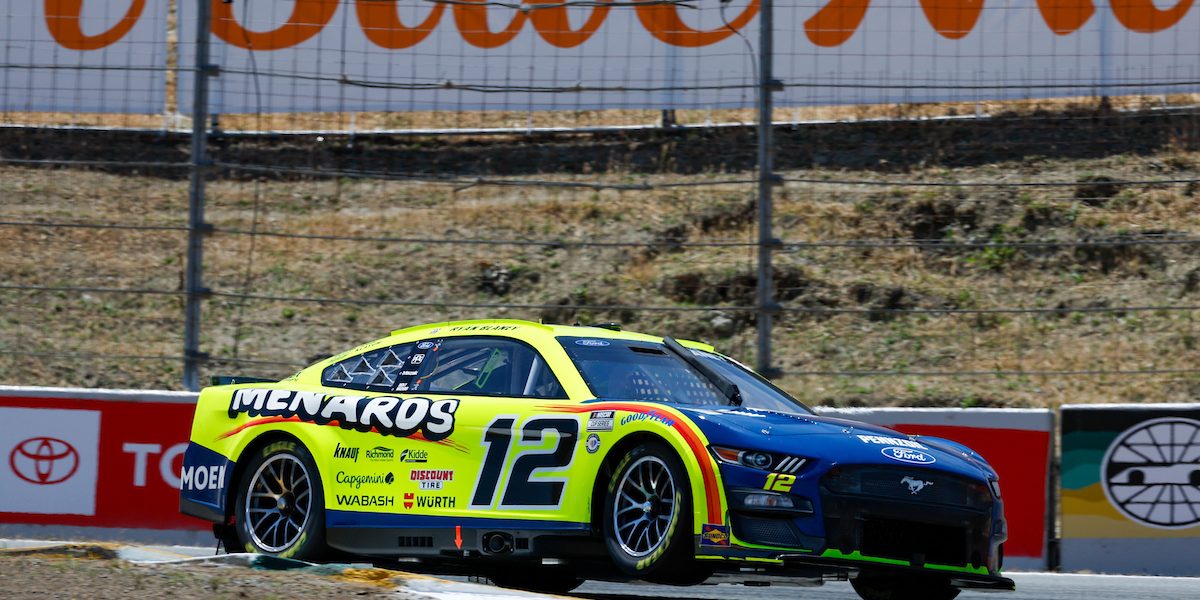
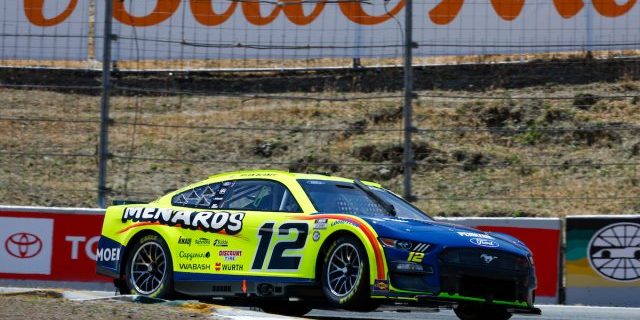
You’re watching a high-octane NASCAR race, heart pounding, adrenaline pumping. Suddenly, a wheel comes off a race car, and you’re left wondering: what are the repercussions for this sort of mechanical failure?
In NASCAR, if a wheel comes off a car during the race, the team is typically subject to significant penalties, including monetary fines, points deductions, and even suspensions for crew members.
In this article, we will delve into the ins and outs of the penalties associated with a wheel coming off in NASCAR. You’ll learn about the rule book stipulations, how teams are impacted financially and competitively, as well as what this means for a driver’s season.
Table of Contents
A Detailed Explanation
The Rule Book on Wheel Safety
NASCAR has a comprehensive rule book that outlines the technical requirements for car assembly, and it also includes a section specifically focusing on wheel and lug nut safety. This is to ensure that the wheels are properly installed and secure, minimizing risks during the high-speed races. If a wheel does come off, the rule book sets the guidelines for penalties, including fines and points deductions.
Monetary Penalties
It’s not uncommon for the NASCAR governing body to levy hefty fines on the team when a wheel comes off. These fines can vary but are often in the range of thousands of dollars. The fine serves as both a punishment and a deterrent for other teams to take wheel installation seriously.
Points Deduction and Crew Suspensions
Beyond fines, a team may also receive points deductions, which could severely hamper their championship aspirations. In some instances, key crew members responsible for the wheel’s installation, like the tire changer and crew chief, may also face suspensions for a certain number of races.
Implications for the Driver
The driver, while not directly responsible for the mechanical aspects of the car, also suffers from these penalties. Points deductions can affect their standings in the championship race, and the absence of key crew members can affect the car’s performance in upcoming races.
Here’s everything else you need to know about this issue, broken down into related questions you’re likely to have next.
What Happens During the Race If a Wheel Comes Off?
When a wheel comes off during a race, the first concern is safety. The race is usually put under caution, and the driver is instructed to navigate the car to the pit lane or garage area for assessment and repair.
Assessing the Situation
Race officials will investigate the incident to determine whether it was a mechanical failure or the result of negligence by the team’s pit crew. If it’s found to be the latter, immediate penalties can be levied.
Immediate Race Repercussions
Regardless of the reason for the wheel detachment, the car usually has to withdraw from the race or return after extensive repairs, putting the driver at a significant disadvantage. For the team, this often means a loss of potential points and a drop in championship standings.
How Do These Penalties Affect Team Dynamics?
Penalties can have a cascading effect on the team, affecting not only the individual roles but also the collective team morale.
Crew Changes
When a tire changer or a crew chief is suspended, teams often have to bring in replacements. While these are usually experienced crew members, the change can still affect the overall team dynamics and coordination during pit stops.
Financial Strain
The monetary fines can strain the budget of smaller teams, limiting their resources for upgrades and affecting their performance in the long run.
Can a Driver’s Career Be Impacted?
The short answer is yes, especially if such incidents happen repeatedly.
Sponsorship Concerns
Sponsors might hesitate to continue their partnerships with teams that are repeatedly subject to penalties. This could result in a loss of financial backing for the driver and the team.
Reputation Damage
While drivers are generally not responsible for the mechanical aspects of the car, repeated wheel-related incidents can damage their reputation. This can make it difficult for them to find competitive seats in the future.
What Measures are Taken to Prevent Such Incidents?
NASCAR and the teams themselves take a multi-faceted approach to ensure wheel safety.
Technological Innovations
Teams often employ advanced technologies for wheel installations, such as specialized torque wrenches and lug nut guns that are highly calibrated. These technologies are designed to minimize the chances of a wheel coming off during a race.
Training and Protocols
Crew members undergo rigorous training in the correct procedures for wheel installation. Teams also have strict protocols for how many crew members must double-check each wheel’s installation before the car leaves the pit area.
What is the Fans’ Perspective on these Penalties?
Fans of NASCAR have varying opinions on the severity of these penalties.
Controversial Opinions
Some fans argue that the penalties are too harsh and can ruin a team’s entire season. Others believe that stringent rules are necessary to maintain the integrity of the sport and to ensure the safety of the drivers, crew, and spectators.
Safety Over Competition
Most fans, however, agree that safety should be the top priority, even if that means their favorite driver might suffer due to a mechanical error.
What is the penalty for a wheel coming off in NASCAR? – Final Thoughts
By now, you should have a well-rounded understanding of what the penalty for a wheel coming off in NASCAR entails. The consequences are far-reaching, affecting not just the team and driver, but also having implications for their championship aspirations. While the rules may seem stringent, they are designed with the highest standards of safety in mind.
Keep in mind that in a sport as competitive and high-stakes as NASCAR, every detail counts. Being well-informed about the nuances of the sport’s regulations can only enhance your experience as a fan. Stay tuned, stay safe, and keep enjoying the races.
What is the penalty for a wheel coming off in NASCAR? – Frequently Asked Questions
Can a driver appeal a wheel-off penalty?
Yes, a driver and team can appeal, but the final decision rests with NASCAR officials.
Do these rules apply to all types of NASCAR races?
Generally, yes. The rules are consistent across different series to maintain safety standards.
Is the pit crew solely responsible for a wheel coming off?
While the pit crew is mainly responsible for wheel installation, other factors like mechanical failure can also play a role.
How do penalties vary between different NASCAR series?
The core principles remain the same, but the scale of fines and points deductions may vary based on the series’ specific rules.
Can fans report a wheel safety concern?
Fans cannot directly report such concerns; it is the job of the officials and team members to ensure all safety protocols are followed.







